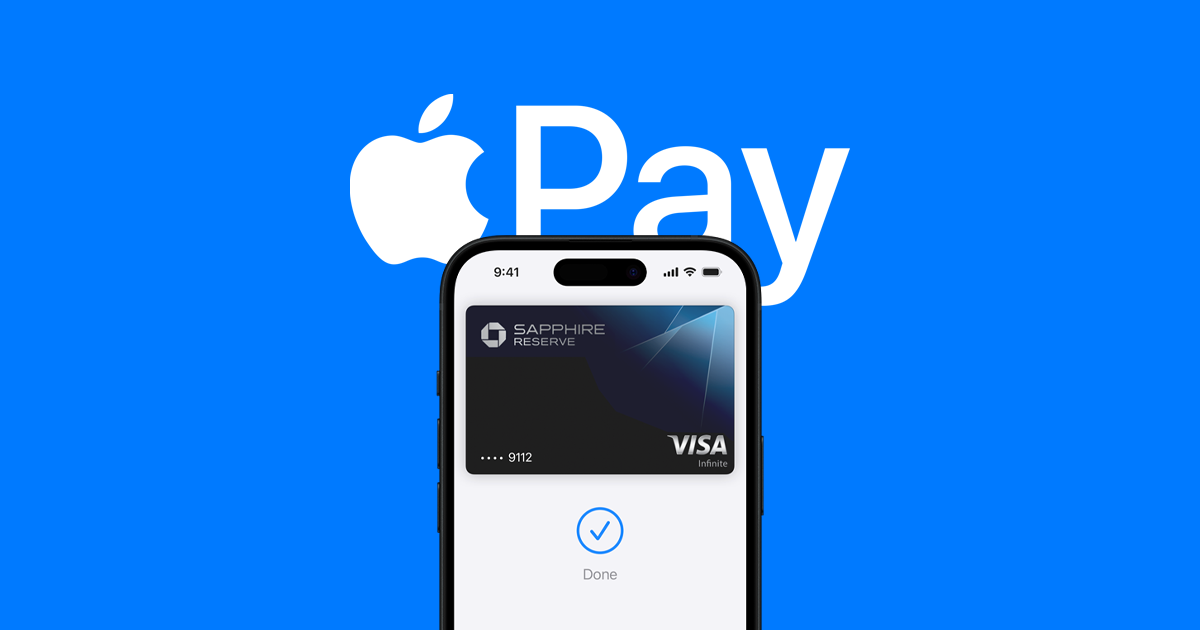The whispers have been circulating for months, murmurs of a radical redesign, a reimagining of the iconic smartphone form. Now, the rumors are coalescing around a compelling possibility: the arrival of an ultra-thin iPhone, potentially dubbed the iPhone 17 Air. This device isn’t just about shaving off millimeters; it represents a significant step towards Apple’s future, a testing ground for innovations that could reshape the landscape of personal technology.
The “Air” moniker, historically associated with Apple’s thinnest and lightest devices like the MacBook Air and iPad Air, perfectly encapsulates the anticipated design philosophy of this new iPhone. It’s expected to be remarkably slender, potentially shedding around two millimeters compared to existing iPhone models. This pursuit of thinness isn’t merely an aesthetic choice; it’s a strategic move with far-reaching implications.
Imagine an iPhone with a profile approaching the sleekness of the M4 iPad Pro, a device that feels almost impossibly light and compact in the hand. This is the vision the rumors paint. Achieving such a feat requires pushing the boundaries of engineering and design, paving the way for future foldable devices.
The challenges inherent in creating an ultra-thin phone—managing heat dissipation, battery life, and component placement—directly translate to the complexities of foldable technology. By tackling these hurdles now, Apple is laying the groundwork for foldable iPhones and iPads that could redefine how we interact with mobile devices.
Beyond its physical form, the iPhone 17 Air is rumored to be a crucible for cutting-edge technologies. One of the most intriguing possibilities is the integration of Apple’s own cellular modem, codenamed “Sinope.” This marks a significant shift away from reliance on third-party suppliers and grants Apple greater control over performance, power efficiency, and future development.
The Sinope modem is expected to debut in the upcoming iPhone SE, with the iPhone 17 Air potentially becoming the first flagship device to adopt this in-house technology. This transition could be transformative, enabling tighter hardware-software integration and opening doors to innovative features and optimizations.
Furthermore, there’s speculation that the iPhone 17 Air could be among the first devices to feature Apple-designed Wi-Fi and Bluetooth chips. This further underscores Apple’s commitment to vertical integration, bringing more core components under its own roof. By designing its own connectivity solutions, Apple can optimize performance, security, and power consumption, potentially leading to faster speeds, more reliable connections, and improved battery life.
Turning to the display, rumors point towards a stunning 6.6-inch ProMotion OLED panel. This would bring Apple’s adaptive 120Hz refresh rate technology, previously exclusive to the Pro models, to a wider audience. ProMotion dynamically adjusts the refresh rate based on the content being displayed, providing incredibly smooth scrolling and animations while conserving battery life. This feature alone would significantly enhance the user experience, making the iPhone 17 Air a joy to use for everything from browsing the web to playing graphically intensive games.
The camera system is rumored to take a slightly different approach. While current Pro models boast a triple-lens setup, the iPhone 17 Air is expected to feature a single 48-megapixel main camera on the rear, complemented by a 24-megapixel front-facing camera for selfies. This suggests a focus on streamlined design and computational photography, leveraging advanced image processing algorithms to deliver exceptional image quality even with a single lens.
Powering this technological marvel is likely to be Apple’s next-generation A19 chip. This new silicon is expected to deliver significant performance gains and enhanced power efficiency, further solidifying Apple’s lead in mobile processing.
Additionally, the iPhone 17 Air is rumored to include 8GB of RAM, a substantial increase that would enable smoother multitasking and support the growing demands of Apple’s advanced AI features, often referred to as “Apple Intelligence.” This increased memory capacity would ensure the device remains responsive and capable even when handling complex tasks and demanding applications.
The iPhone 17 Air, if these rumors hold true, represents more than just a thinner iPhone. It’s a bold step into the future, a platform for testing groundbreaking technologies that will shape the next generation of Apple devices. From its ultra-slim design to its potential adoption of Apple’s own modem and connectivity chips, the iPhone 17 Air is poised to be a game-changer, a testament to Apple’s relentless pursuit of innovation. It’s a device that could very well redefine our expectations of what a smartphone can be.






